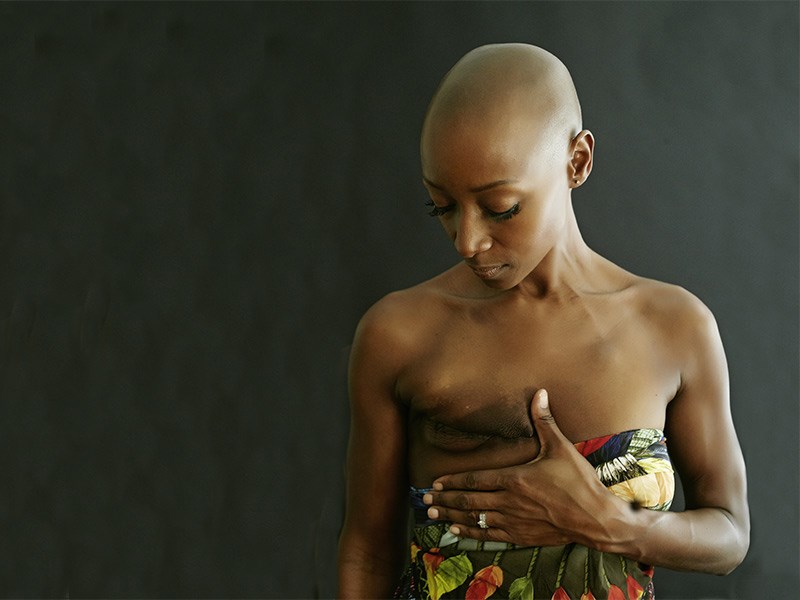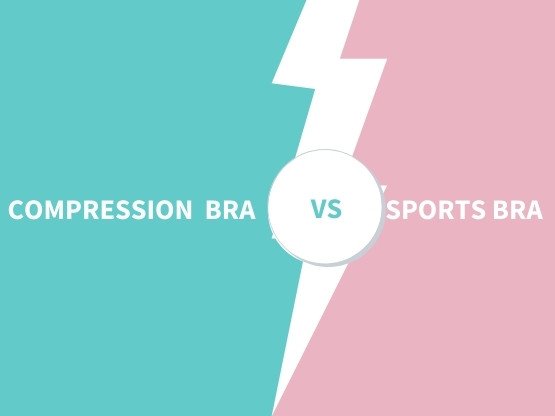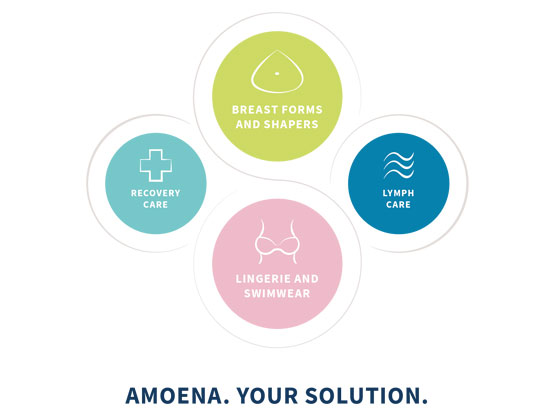Ways to Manage the Typical Side Effects of Breast Cancer Treatment
Here we describe common problems associated with breast cancer treatments and ways to manage them.

Every treatment has unwanted consequences. Here, we present the typical side effects of breast cancer treatment and ways to help reduce them.
Surgery
- Mastectomy: If the breast needs to be removed completely - perhaps because the tumour is very large - breast prostheses can help restore the natural body shape.
- Breast Conserving Surgery (BCS): Most women with breast cancer today undergo breast conserving surgery, also known as a lumpectomy or wide local excision. That means that the surgeons try to keep as much of the breast tissue as possible. This can still cause a change in the appearance of the breast. For example, the shape and size may be irregular or may look different to the other breast (asymmetry). In both cases, partial breast shapers can help.
- Lymphoedema: Lymphoedema is an unpleasant, often painful swelling caused by protein-containing fluid collecting in the tissue. In women with breast cancer, it often forms after surgery on the arm or armpit, sometimes in the operated chest or hand. Exercise helps prevent lymphoedema, as it stimulates the lymphatic flow and prevents fluid from accumulating. Exercise - ideally in combination with manual lymphatic drainage (MLD) – is also effective if you have already developed lymphoedema. More suggestions can be found in our article "What helps if you have lymphoedema ”.
- Limitation of movement: Many women have a stiff shoulder on the affected side for a few weeks after surgery. Some also develop “cording”, also known as axillary web syndrome. This is a tight cord of tissue starting in the armpit that can, in some cases, stretch as far as the wrist, restricting movement. Both symptoms improve with physiotherapy and stretching exercises.
- Scars: Once the wound has healed, the scar can be gently massaged. This stimulates the blood supply and makes the connective tissue more supple. Unperfumed creams or ointments can also help moisturise dry scar tissue.
Chemotherapy
- Hair Loss (including eyelashes): Doctors recommend chemotherapy for many types of breast cancer. However, this also has side effects. The reason: chemotherapy drugs are non-specific, that is, they cannot tell the difference between healthy and diseased cells. Thus, they not only interrupt the cell division of the cancer cells, but often they affect the healthy cells in hair roots, nails and mucous membranes too.
Many women like to wear a wig or head scarf while their hair is growing back. If you decide to wear a wig, it can be useful to choose it at the very start of your treatment. - Dry mucous membranes: The lining in the mouth often also feels more sensitive than usual. When eating, it may be helpful to avoid acidic foods such as citrus fruits; vaginal lubricants and moisturisers can be used during sex to add comfort.
- Weak immune system: Chemotherapy often attacks immune cells as well as cancer cells. Therefore, in women who undergo chemotherapy, the body's immune system can be weakened and more susceptible to infection. It's best to dress in warm clothes, preferably layers, and try to avoid catching a cold.
- Fatigue: Many women suffer from chronic fatigue (tiredness) while receiving chemotherapy. Above all, exercise helps here. For mild fatigue, moderate to intense exercise is recommended. In case of severe fatigue, light activities are enough. If you are very tired, start with gentle movement and build it up as you gain strength - for example, five to ten minutes of easy walking, pause, then another five to ten minutes of walking. The rule of thumb: the more exhausted you feel, the lower the intensity of exercise you should attempt - doing too much too quickly can lead to a rebound effect and an increase in tiredness.
- Nerve damage: Chemotherapy can also damage the myelin sheath of the nerves, particularly causing a tingling sensation and numbness in the fingers and toes (peripheral neuropathy). Coordination training such as balancing exercises and drumming can help. Acupuncture and TENS (Transcutaneous electrical nerve stimulation) have also been found to reduce symptoms.
Radiotherapy
- Red or sensitive skin: The extent of the change in colour and sensitivity of the skin depends not only on the length of treatment and strength of the radiation, but also on the skin type and sensitivity. For example, women with a light complexion and hair often react more strongly to radiation than those with darker skin. If the skin reddens and feels like a mild sunburn, extra care should be taken to avoid irritation. It is recommended that direct sunlight, chlorinated water and heat should be avoided, and underwear and clothing should not rub or pinch. If necessary, do not wear a bra during the first few weeks of treatment. Generally, your radiotherapy team will advise you on ways to look after your skin during treatment.
- Skin feels thicker and looks darker: Again, the change in your skin depends not only on the strength of the radiation, but also on your skin type. These changes usually disappear without treatment. If your skin becomes inflamed, talk to your doctor or breast care nurse.
- Lymphoedema: Like chemotherapy, radiation is also non-specific. That means that when it reaches the skin, it destroys all the cells that are dividing at that moment. This causes local inflammation, which sometimes leads to lymphoedema forming at the area being treated.
READ MORE:





















